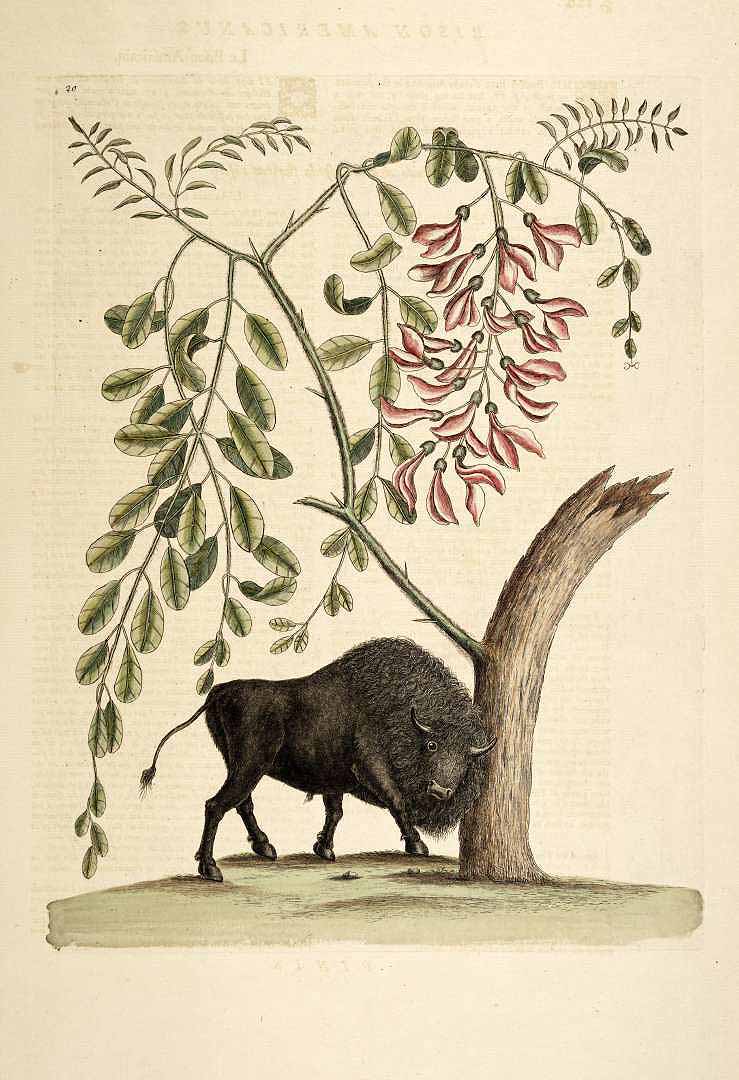! Nouveau site ici !
Vita > Plantae > Magnoliophyta > Magnoliopsida > Fabales >
Fabaceae > Gliricidia
Gliricidia sepium
(Gliciridia)


 | ** - **
| ** - **
Vita > Plantae > Magnoliophyta > Magnoliopsida > Fabales >
Fabaceae > Gliricidia
Gliricidia sepium
(Gliciridia)

Un arbuste ou un arbre à feuilles persistantes. Il atteint 10 m de haut et s'étend sur 3 m de diamètre. La couronne est irrégulière. L'écorce est grise. La tige est dressée et ramifiée. Les jeunes branc... (traduction automatique)
→suite
⬀
Le  donne accès au menu
donne accès au menu (c'est votre point de repère) 😊 ;
En dessous vous avez la classification, à partir de la vie (Vita, premier rang) jusqu'à la classe au dessus de la plante, dont vous trouvez ensuite le nom scientifique/botanique (latin) puis le nom commun (français), le cas échéant ;
C'est aussi un lien vers la fiche complète (tout comme la ✖, en bas à droite, et le +, en dessous de la description) ;
Vient alors l'illustration (ou ce qui la remplace, en attendant), la comestibilité :
Et en bas
⬂



